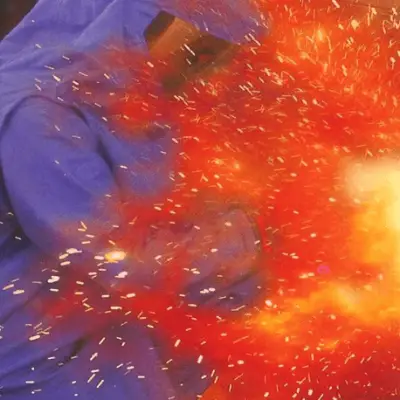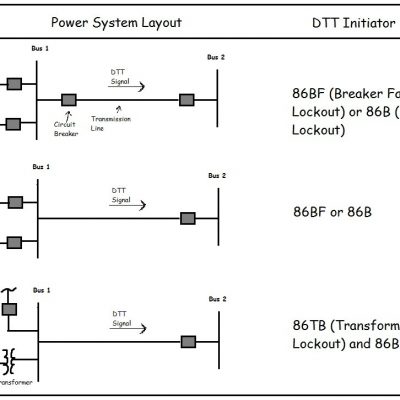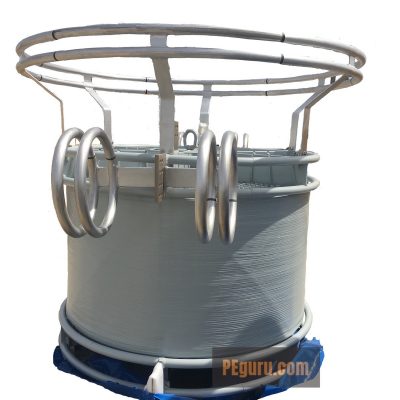Arc Flash Hazard Study – 5 Ways You Can Ruin It
The complete article written by Steve Coleman and Aleen Mohammed (PeGuru admin) is published in the Electrical Construction & Maintenance magazine. Read this article on ECMweb at: https://ecmweb.com/arc-flash/arc-flash-hazard-evaluation Article Abstract: If you are conducting an arc flash study, you are probably using one of the many software packages that can perform the analysis for you […]
Arc Flash Hazard Study – 5 Ways You Can Ruin It Read More »




